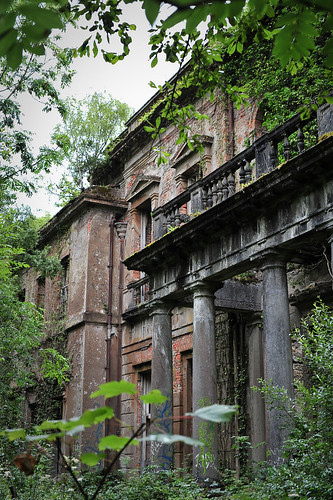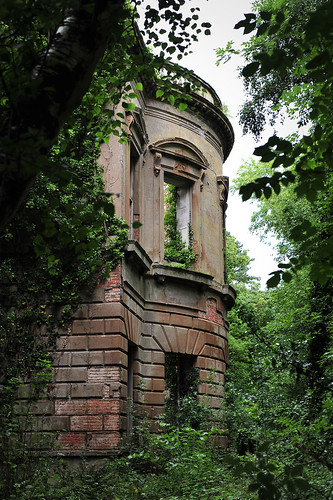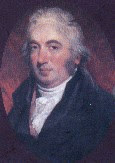This article presents a good history of the origin of the Sussex Spaniel. There are some sources that give the name of the breeder as "Mr. Fuller of Rose Hill, Sussex" and this creates some confusion. To date, I have no evidence that John "Mad Jack" Fuller kept Sussex Spaniels. His heir, the son of his cousin John Trayton Fuller, Augustus Elliot Fuller inherited Rose Hill upon Jack's death in 1834 was an avid hunter and is credited with developing the breed.
Augustus Eliott Fuller and the Sussex Spaniel
by Ria Hörter published in dogsincanada.com the magazine of the Canadian Kennel Club, December 2010, pages 59 - 63. "A breeder/exhibitor/judge and retired bookseller and publisher, Ria Hörter is a contributing editor of De Hondenwereld, the national dog magazine of Holland."
Excerpts from page 59:
"Most dogs were developed after hundreds of years of evolution and lengthy selection by
breeders. However, some breeds owe their existence to just one person.Most dogs were developed after hundreds of years of evolution and lengthy selection by breeders. However, some breeds owe their existence to just one person."
"Augustus Elliot (also Eliot, Elliott and Eliott) Fuller (1777- 1857) was an extremely rich British landowner who lived in Sussex, Wales and London, and owned property in Jamaica. Around 1795 he began to develop a line of working spaniels, bred for hunting in the heavy cover and clay soil of Sussex – heavily built dogs for a heavy job.
Business with pleasure
The Fuller family had its roots in Uckfield and Waldron (east Sussex). In 1776, John Trayton Fuller married Anne Elliot, daughter of George Augustus Elliot (1st Baron Heathfield) and Anne Pollexon Drake. Their oldest son, Augustus Elliott, was born on May 7, 1777, and the young family settled in Brayley Park, later renamed Heathfield Park. When he was 14, the family moved to Ashdown House in East Grinstead. Augustus and his 10 brothers and sisters were raised as members of the privileged class of aristocratic, well-to-do 18th- and 19th-century families that combined business with pleasure, where pleasure meant hunting with dogs."
Corrections:
- Anne Pollexfen Drake was christened on 4 Aug 1726 in Buckland Monachorum, Devon. She died on 13 Feb 1772. She was buried in South Audley Chapel, Buckland, Devon. She married Lord Heathfield George Augustus Elliot on 8 Jun 1748 in St Sepulchre, London.
- Heathfield Park was formerly called Bayley Park
"The Rose Hill connection
A distant and unmarried family member named Rose Fuller died in the same year Augustus was born (1777). For 22 years, Rose Fuller (the name suggests a woman, but Rose was a man) was squire of Rose Hill, situated close to the village of Brightling in Sussex. After his death in 1777, his properties were inherited by his nephew John Fuller, known as “Mad Jack.” When Mad Jack died in 1834, Rose Hill was inherited by another nephew, Augustus Elliot Fuller. By that time, Augustus was an immensely rich man. In 1811 he inherited Ashdown House from his father, and in 1834 Rose Hill, Waldron Estate and Bodiam Castle (then already a ruin) from Mad Jack. Augustus also owned the estates Catsfield and Hooe, a house in London and Rose Fuller’s “sugar works, lands and hereditaments in the island of Jamaica.”
Corrections:
- Rose Fuller was Augustus Elliot Fuller's great-uncle; his grandfather Thomas Fuller's brother.
- Augustus Elliot Fuller was the son of John Trayton Fuller, Jack Fuller's first cousin. They were not nephew and uncle.







